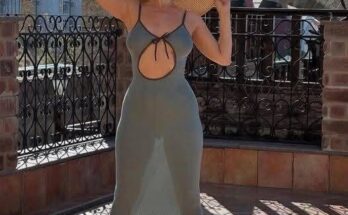The world might indeed be a little brighter if more of it reflected the idealized values portrayed on Leave It to Beaver. Yet even television icons have their quirks, and over its six-year run, the show had its share of hidden mistakes, production oddities, and behind-the-scenes surprises that many viewers never noticed.
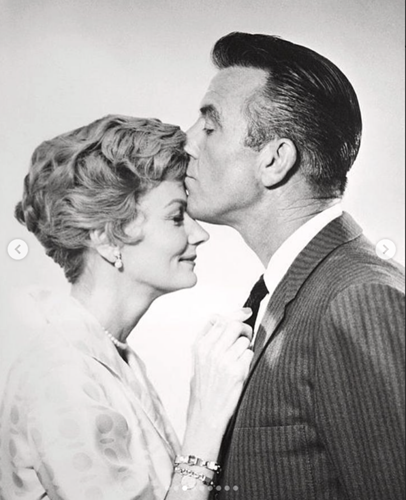
Setting a Higher Standard
Unlike many shows that declined in quality over time, Leave It to Beaver consistently upheld a remarkable standard of wholesome decency in mid-20th-century America. Airing from 1957 to 1963, it charmed audiences with gentle humor, moral lessons, and family situations that were both idealistic and relatable. Cleverly written, carefully plotted, and often genuinely funny, the show carried a sincerity rarely seen in sitcoms of the era. Still, as with any long-running production, tiny errors and curiosities slipped through—some so subtle they could easily go unnoticed. Let’s explore some of the most amusing and surprising ones.
June Cleaver’s Calendar Mistake
Even the Cleavers, paragons of domestic perfection, weren’t immune to small oversights. In the 1963 episode “The Poor Loser,” June Cleaver’s calendar displayed the wrong dates—likely a reused 1961 prop. In the same episode, Beaver and Ward plan to attend a baseball game. The tickets proudly display “Mayfield” in large print, yet the tiny type spells it “Mayfied”—a slip most viewers would never catch.
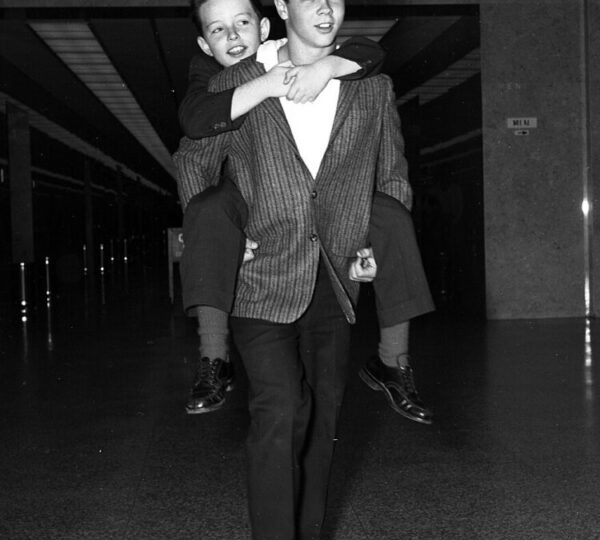
The Fake Bee
In “The Silent Treatment,” Beaver is startled by a bee while painting a door. Instead of risking a real insect, the production team used an artificial bee suspended on a thread. Sharp-eyed viewers can occasionally spot the thread wobbling, a charming reminder of pre-digital TV special effects.
Jerry Mathers & On-Set Life
Jerry Mathers, who played Theodore “Beaver” Cleaver, often joked that he got “a lot less trouble” off-screen than on. With dozens of crew members watching every scene, he had little chance to misbehave. During breaks, however, the cast often played baseball or football, creating an extended-family atmosphere that softened the pressures of production for the young star.
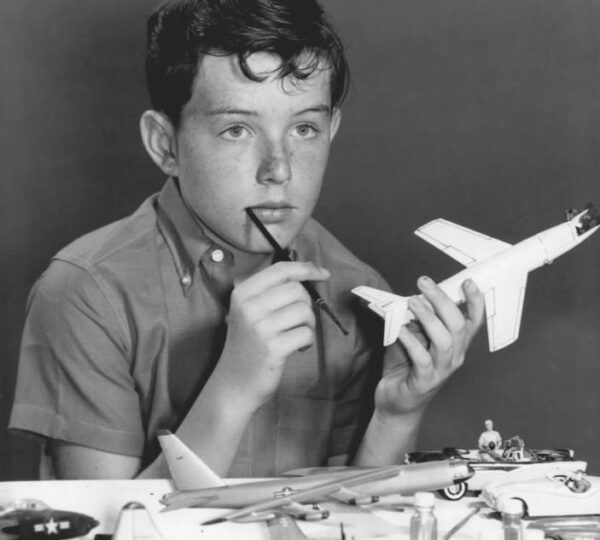
The Memorable Audition
Mathers’ audition is TV lore. Arriving in a Cub Scout uniform because of a meeting afterward, he candidly admitted his concern to the casting team. His charm, honesty, and innocence immediately impressed writers Joe Connolly and Bob Mosher, cementing him as the perfect Beaver—even though his new role left little time for scouting adventures.
A Forward-Thinking Contract
Mathers was among the first child actors to secure a share of the show’s merchandise profits—a shrewd move that still pays dividends decades later. Leave It to Beaver continues to generate revenue through merchandise, licensing, and reruns, proving that even a simple children’s sitcom can hold long-term financial value.
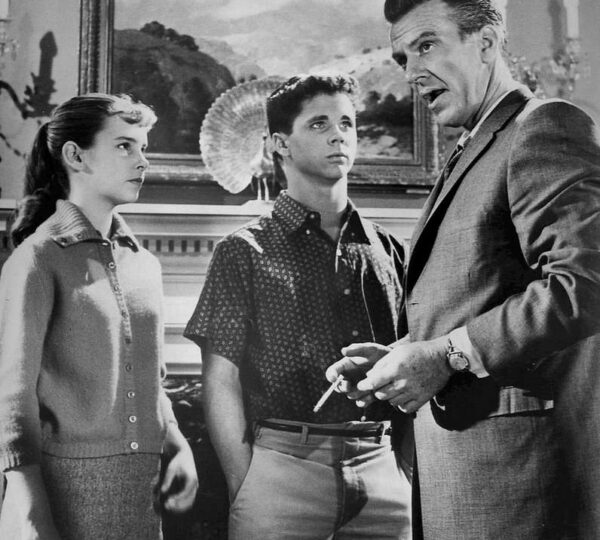
Wally’s Replacement & Casting Quirks
Tony Dow is synonymous with Wally Cleaver, but he wasn’t the original actor. Pilot episodes featured Paul Sullivan, who was replaced after a growth spurt made him appear too old for the role. This casting tweak preserved the youthful family dynamic the producers envisioned.
June Cleaver’s Concealed Scar
Barbara Billingsley, who played June, was always impeccably styled in pearls, heels, and perfect poise. Her signature look wasn’t just aesthetic—it concealed a surgical scar at her neck. High heels also helped maintain her height relative to the on-screen children.
Jerry Mathers and Tony Dow’s Friendship
The affection between Mathers and Dow extended far beyond the screen. Mathers often referred to Dow as a brother figure. Following Dow’s passing in 2022, Mathers shared how deeply Wally’s absence left a void in his heart.
The Vietnam Death Rumor
Over the years, rumors circulated that Mathers had died in Vietnam. In reality, he never served overseas. He tried to enlist in the Marines but was turned down to avoid potential negative press. Mathers later served in the U.S. Air National Guard.
The Most Expensive Episode
On May 5, 1961, one of the show’s most costly episodes aired. In it, Beaver climbs a billboard to prove a giant cup is empty—and falls in. Mathers’ fear of heights made filming difficult, contributing to a production cost of around $40,000—the highest in the series.
Toilet on Screen
1950s network censors were strict, especially about bathrooms. Leave It to Beaver became one of the first shows to depict a restroom, though only the back of the toilet was visible—a subtle step toward realistic set design.
The First Episode Almost Didn’t Air
The pilot nearly never reached broadcast due to its inclusion of an alligator and a bathroom—two taboo subjects at the time. The alligator scene was revised to show only the back of a toilet tank, allowing the show to push television boundaries while staying within the rules.
No Laugh Track, No Overacting
The creators believed humor should come naturally from dialogue and character interactions. Tony Dow explained, “If any line got too much of a laugh, they’d cut it.” The show intentionally avoided laugh tracks and exaggerated gags, giving its comedy a quiet, realistic charm that complemented its wholesome image.
From tiny prop errors to clever behind-the-scenes tricks, Leave It to Beaver remains a beloved slice of television history—a show that, despite its imperfections, captured the hearts of generations with warmth, humor, and sincerity.
